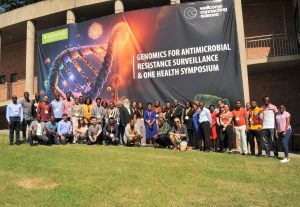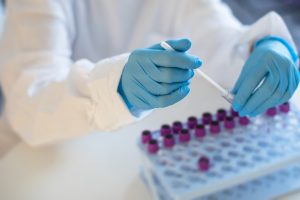South Africa is making real strides in shifting HIV treatment to lower levels of health workers, which enables more patients to be reached. Ugandan Prof. David Serwadda said that the shortage of health workers, particularly doctors, affects the expansion of HIV services, with the entire African continent only producing 6 200 new doctors a year. Serwadda said thatAfrican governments had to invest more money in healthcare to train more health workers, improve skills and create better diagnostic facilities.
MERCURY (Early Edition)
HIV mother-to-child infections decline
The Anova Health Institute has welcomed the news by Health Minister Aaron Motsoaledi last week that South Africa had made significant strides in reducing the transmission of HIV from mother-to-child. Anova Health Institute receives funding from USAID/PEPFAR and supports the Department of Health in providing comprehensive HIV services in clinics across the country. Across the 14 antenatal clinics in Soweto that are supported by Anova (in partnership with the Gauteng
Department of Health), transmission rates in 2011 have been below 2%. According to Anova Health Institute's PMTCT Soweto programme, HIV-positive mothers-to-be who enter their programme have a less than 2% chance of transmitting the virus to their baby.
Plans to expand ARV treatment
Health Department Director-General Precious Matsoso said in his address at the Centre for the Aids Programme of Research in South Africa (Caprisa) that the department is prepared to permit all people with CD4 counts of 350 and lower to receive antiretrovirals (ARVs). Currently, only pregnant women and people with HIV and tuberculosis can receive ARVs when their CD4 count is 350, while others have to wait until their immunity level drops to a CD4 count of 200.
(News reviews)




